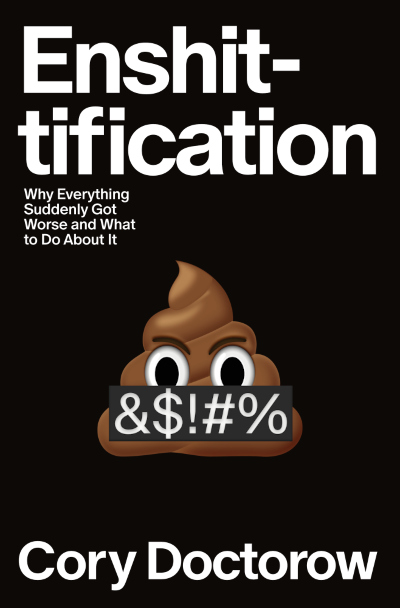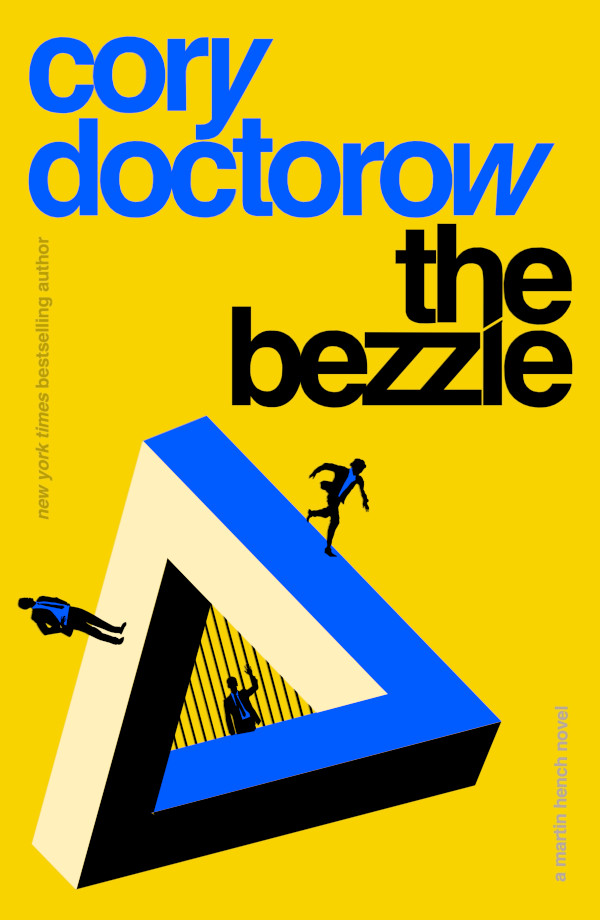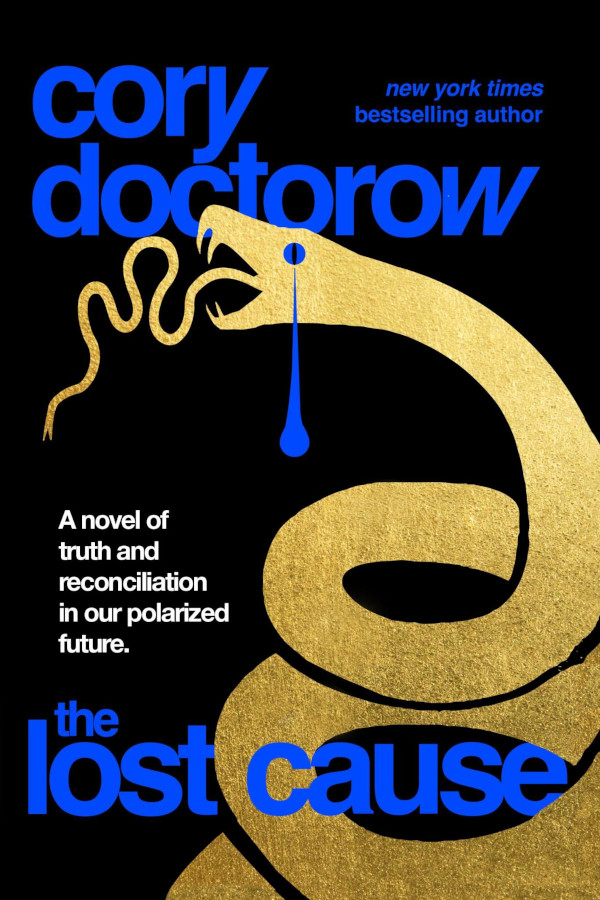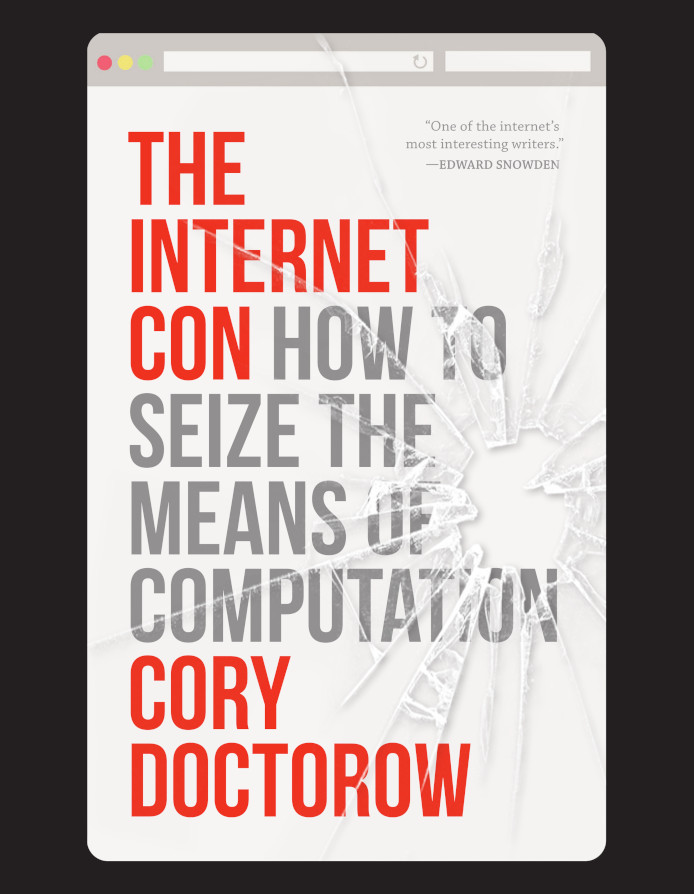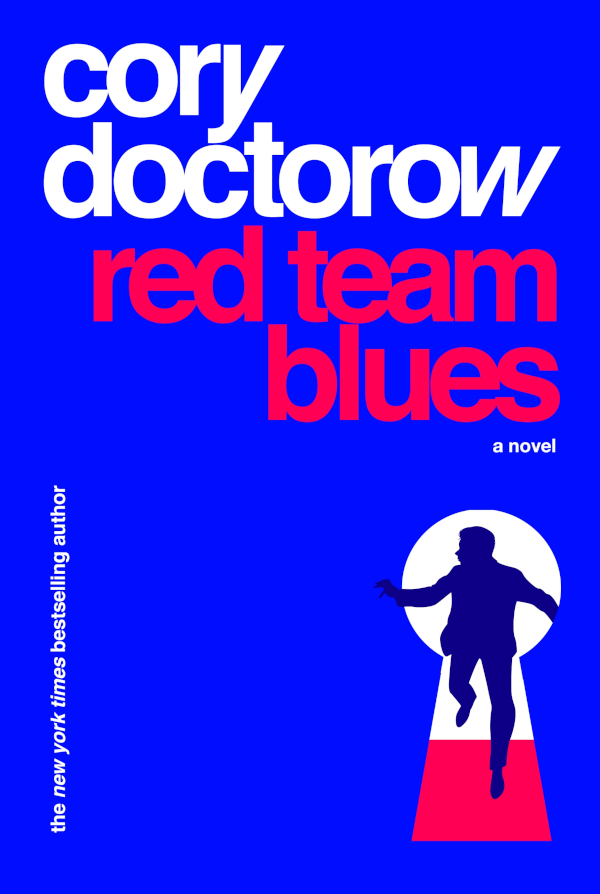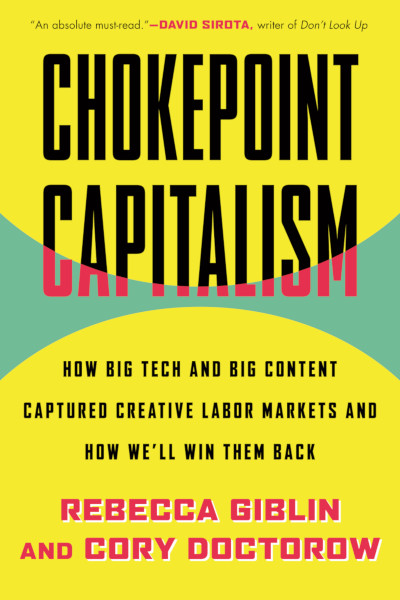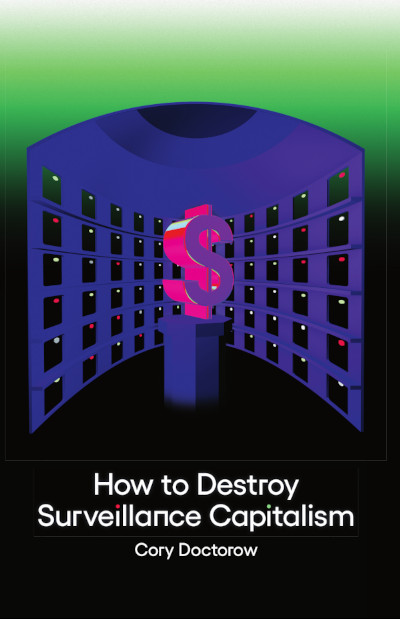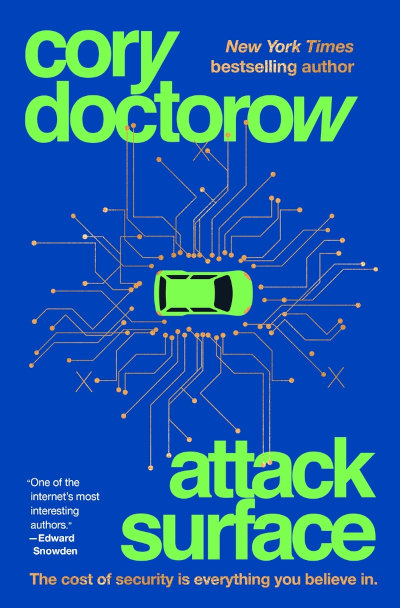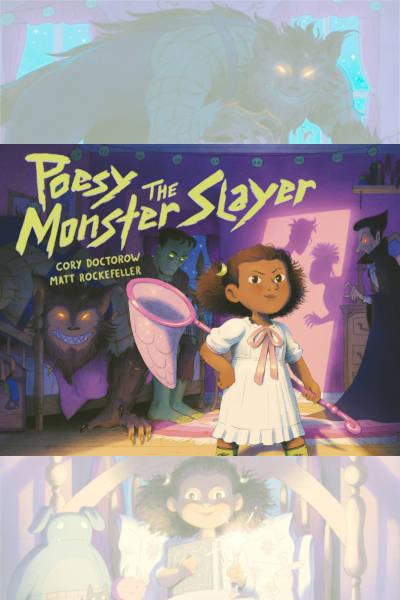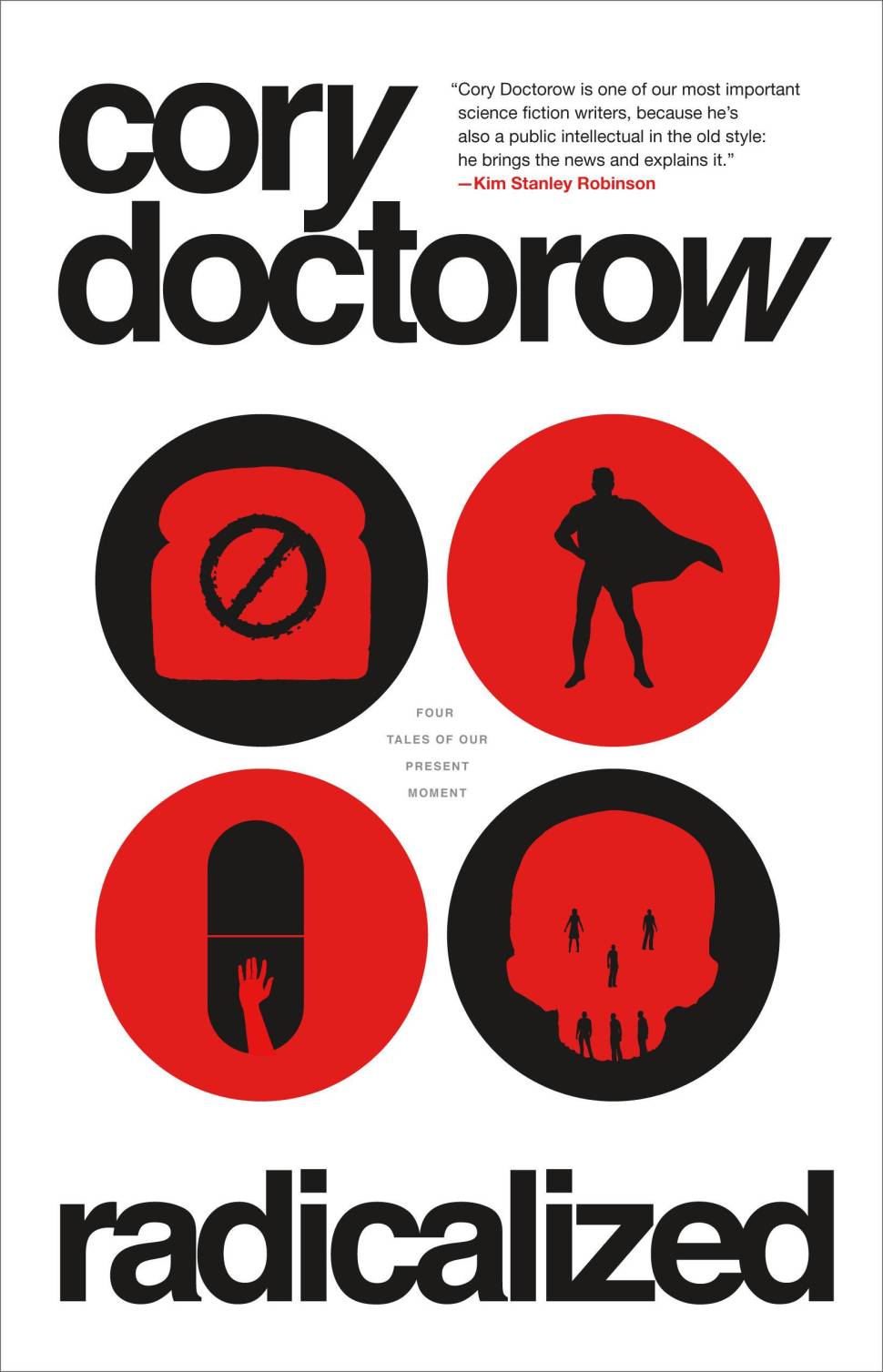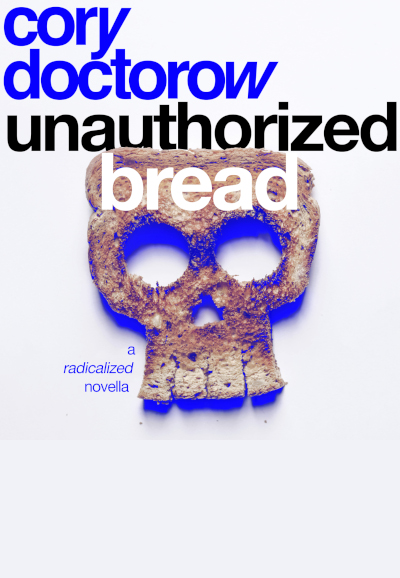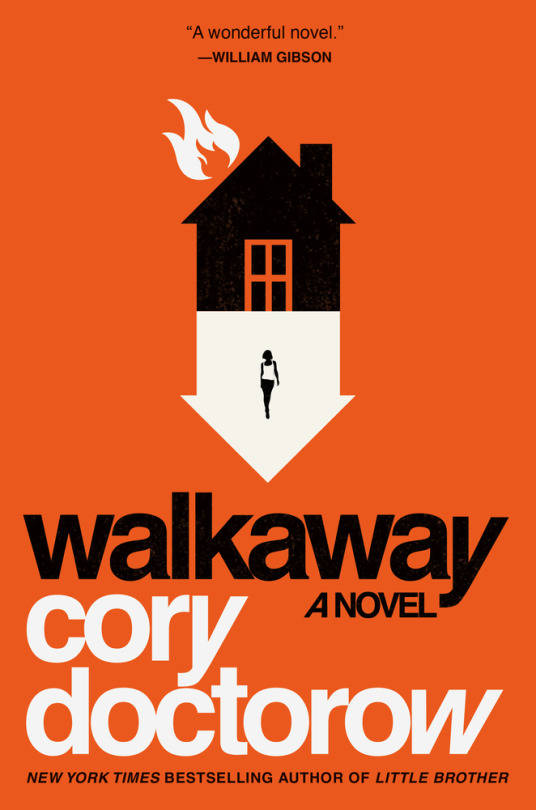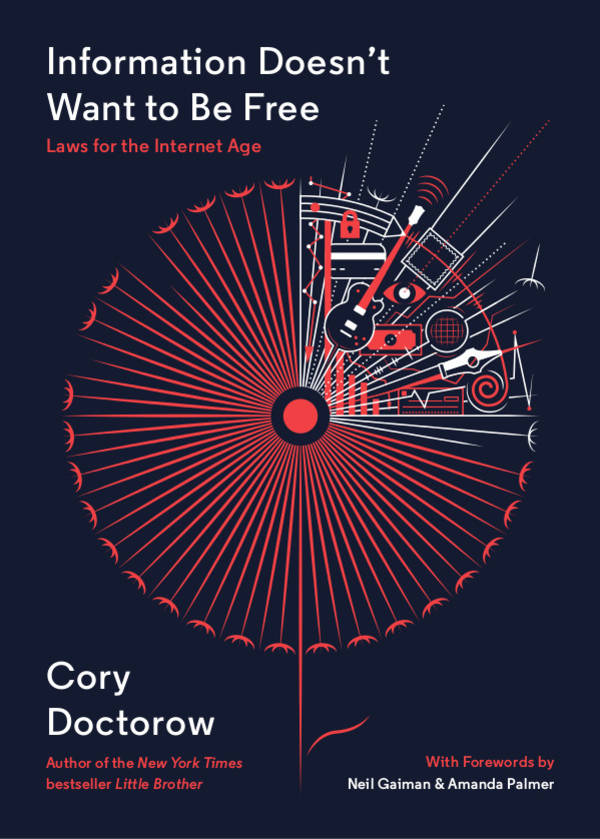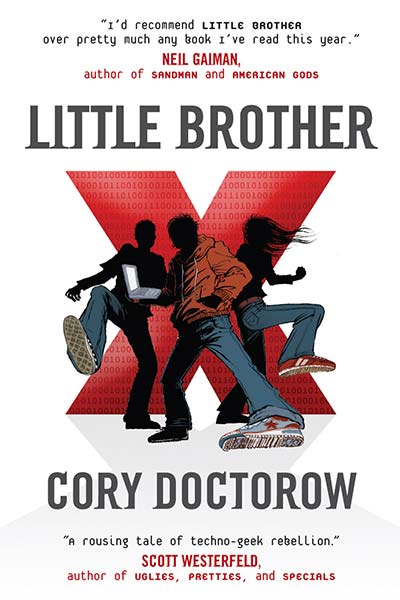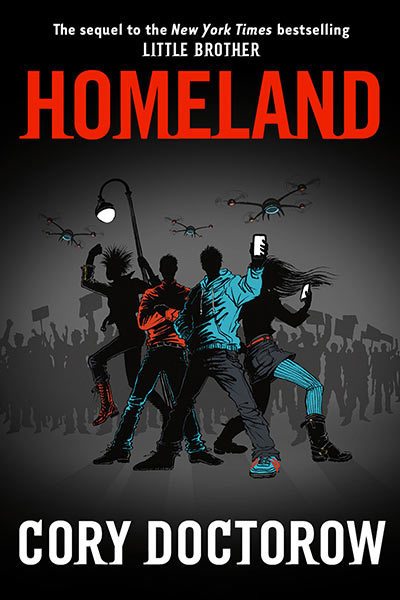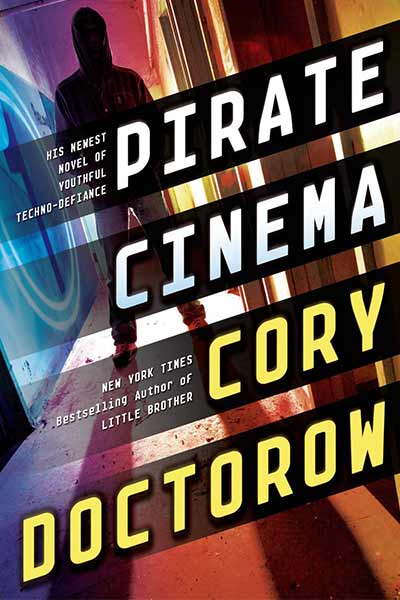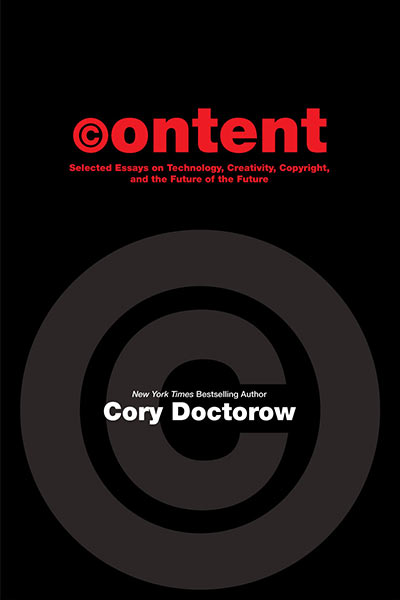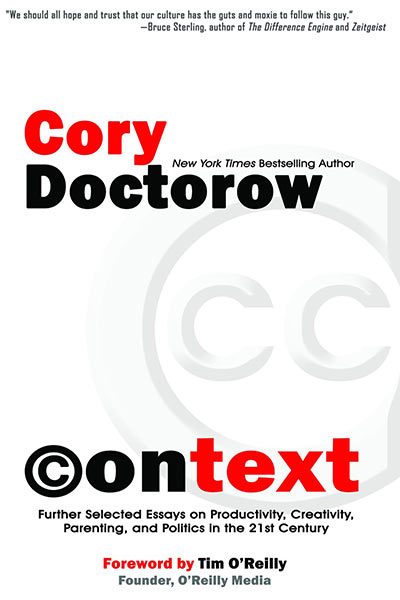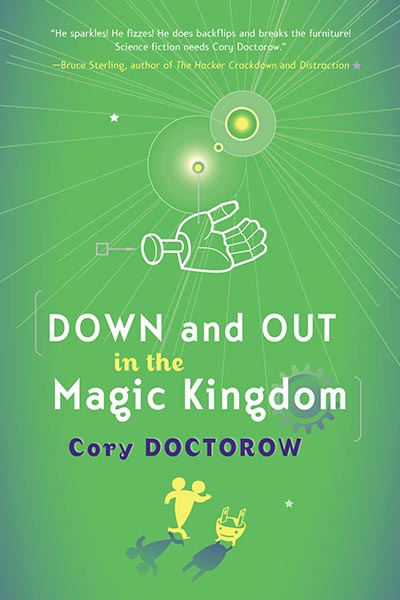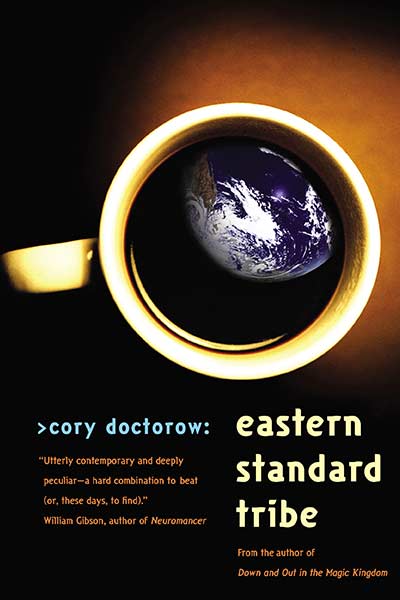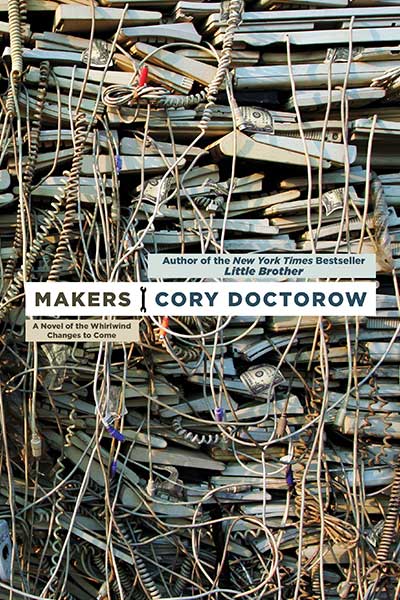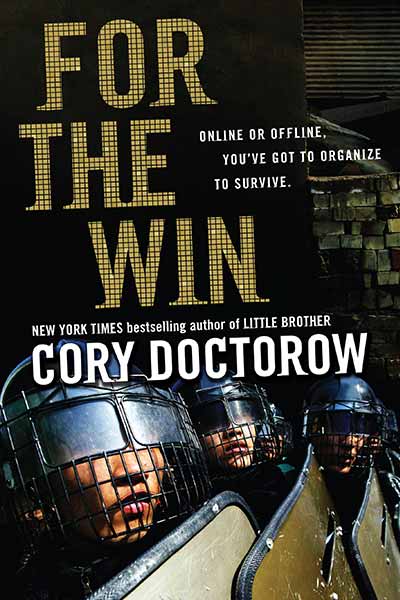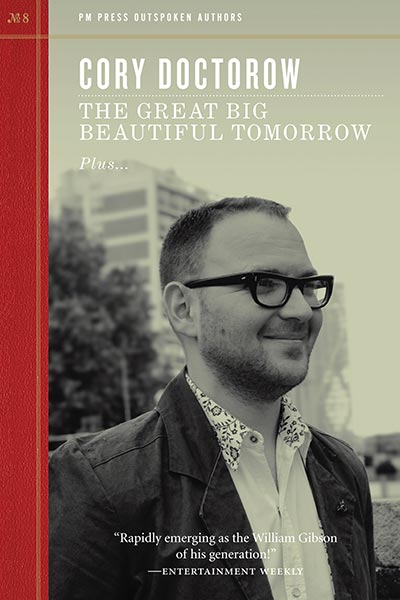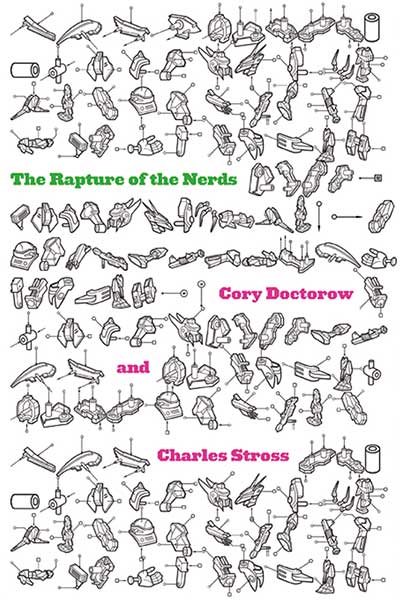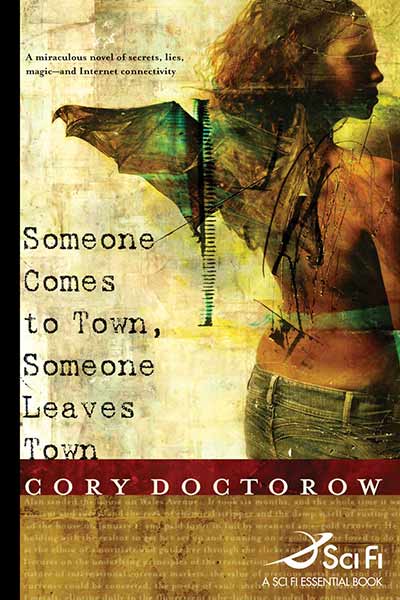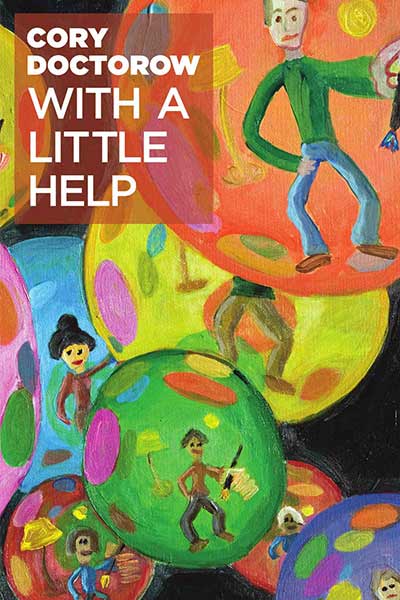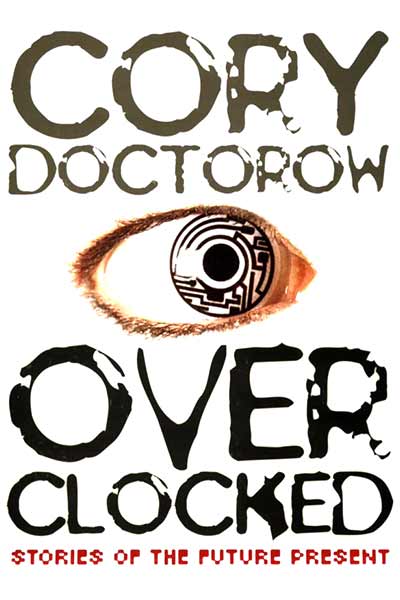
Here’s the third part of my reading (MP3) of Petard (part one, part two), a story from MIT Tech Review’s Twelve Tomorrows, edited by Bruce Sterling; a story inspired by, and dedicated to, Aaron Swartz — about elves, Net Neutrality, dorms and the collective action problem.
MP3

I recorded a great interview (MP3) about my novel Walkaway and how it fits into radical politics; a free, fair and open internet; the Nym Wars, parenting, and insurgency.
Earlier this spring, while I was on my Australia/NZ tour, I sat down with Australian author Nick Earls for his Green Room show, (MP3) to gossip, complain, and daydream about the writer’s life.

Here’s the second part of my reading (MP3) of Petard (part one), a story from MIT Tech Review’s Twelve Tomorrows, edited by Bruce Sterling; a story inspired by, and dedicated to, Aaron Swartz — about elves, Net Neutrality, dorms and the collective action problem.
MP3
Thomson Reuters interviewed me for their new series on data privacy and the EU General Data Protection Regulation; here’s the audio!
more

Here’s the first part of my reading (MP3) of Petard, a story from MIT Tech Review’s Twelve Tomorrows, edited by Bruce Sterling; a story inspired by, and dedicated to, Aaron Swartz — about elves, Net Neutrality, dorms and the collective action problem.
more

Last month, while at Adelaide Writers Week, I sat down with the excellent Georgina Godwin to record an interview (MP3) for Monocole’s “Meet the Writers” podcast. They’ve only just published it and I’m very pleased with how it turned out: we got into some territory that I don’t usually cover. Also: they had the interview in a bar and bought me whatever whisky I asked for, which was quite a bonus.

Here’s the eighth and final part of my reading (MP3) (part seven, part six, part five, part four, part three, part two, part one) of The Man Who Sold the Moon, my award-winning novella first published in 2015’s Hieroglyph: Stories and Visions for a Better Future, edited by Ed Finn and Kathryn Cramer. It’s my Burning Man/maker/first days of a better nation story and was a kind of practice run for my 2017 novel Walkaway.
MP3

Here’s part seven of my reading (MP3) (part six, part five, part four, part three, part two, part one) of The Man Who Sold the Moon, my award-winning novella first published in 2015’s Hieroglyph: Stories and Visions for a Better Future, edited by Ed Finn and Kathryn Cramer. It’s my Burning Man/maker/first days of a better nation story and was a kind of practice run for my 2017 novel Walkaway.
MP3

Here’s part six of my reading (MP3) (part five, part four, part three, part two, part one) of The Man Who Sold the Moon, my award-winning novella first published in 2015’s Hieroglyph: Stories and Visions for a Better Future, edited by Ed Finn and Kathryn Cramer. It’s my Burning Man/maker/first days of a better nation story and was a kind of practice run for my 2017 novel Walkaway.
MP3





